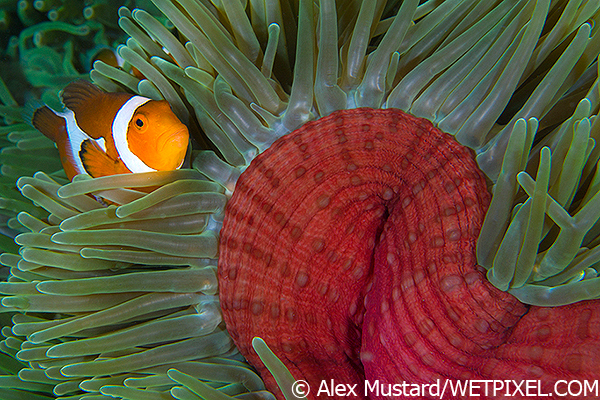Field review: Nikon D7100 and Subal ND7100
Conclusion
Names are worth a lot. The Nikon D7100 is an excellent all round underwater camera, the best DX camera Nikon has yet made. But by naming it 7100 Nikon makes us think of it as an incremental improvement, rather than the impressive new product it is. Something that would be easier to appreciate if it had D400 stamped on the front.
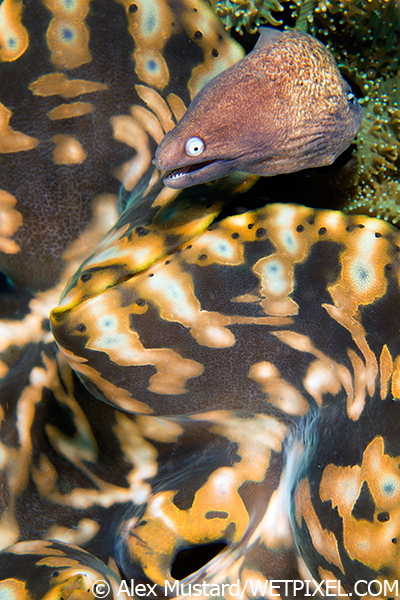
The Subal ND7100 is an ideal companion. Well build, reliable and with excellent ergonomics for its primary controls. I was particularly impressed with the new camera tray system on this housing, which makes loading the camera very fast and ensured all the controls lined up perfectly every time. It is an excellent housing.
I think Subal need to offer a vacuum system for their housings (even if it is a factory option of fitting a third party system) – as I believe the market now demands it. On my workshops over the last couple of years, the proportion of housings with vacuum systems has risen from less than 10% to well over 50%.
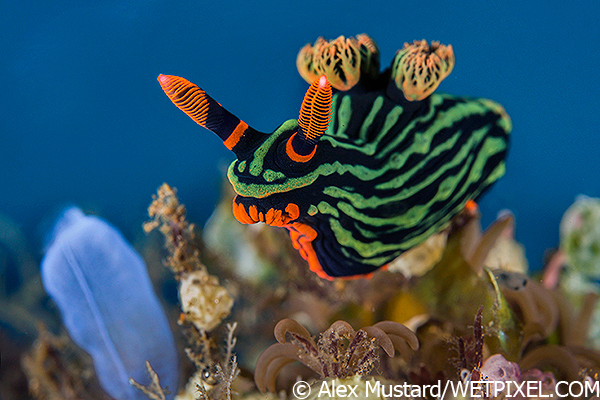
Most readers of this review will be existing Nikon shooters considering an upgrade. Most will own Nikon DX cameras (D200, D300, D90 etc) and in the current Nikon range there are two outstanding upgrade candidates: the Nikon D800 and Nikon D7100. In many ways they are similar cameras: they share an autofocus system and feel very similar, particularly through two housings from the same manufacturer. They both offer considerably more resolution than you will ever need and both allow you to trade off resolution for high ISO shooting capability.
The D800 is considerably more expensive. The body is close to three times the costs of a D7100. The housings are more expensive (although in Subal’s case the ND800 is clearly built for a very heavy workload) and to realize the full potential of the FX camera you also need to invest in expensive, large dome ports. So the system cost of FX is considerably higher and the system is quite a bit larger and heavier.
In most areas the D7100 will closely match and occasionally out perform its big brother. The suitability of DX lenses like the Tokina 10-17mm and Sigma 17-70mm to underwater subjects are currently not matched by FX lens options. The D800 has marginally better high ISO performance and more crop-ability in macro shooting. The D7100 has better AF coverage. In short, there is no bad choice – these are the two best underwater cameras Nikon currently makes.
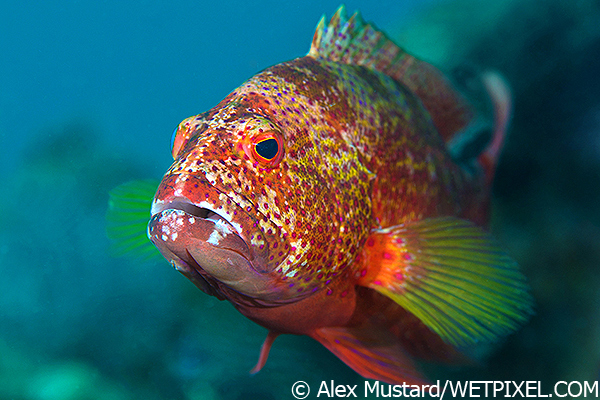
The Nikon D7100 is a very impressive underwater camera, with strengths ideally suited to classic reef photography in warm and cold waters. It produces huge, monumentally detailed files with staggering image quality when used for normal reef wide angle, people photos, fish portraits and standard macro. In lower light it still produces very acceptable results, and ISO 800 and 1600 can be used without much compromise on the final image.
Its buffer size (a result of the 24MP sensor) will probably limit its suitability for big animal/action, where we tend to shoot on continuous, since we are not limited by having to wait for strobes to recycle. Probably the only area it significantly falls behind the D800 is for super macro shooting, where diffraction limits its resolution to that of its predecessor, the D7000, at the typical apertures (smaller than f/32) used for these shots.
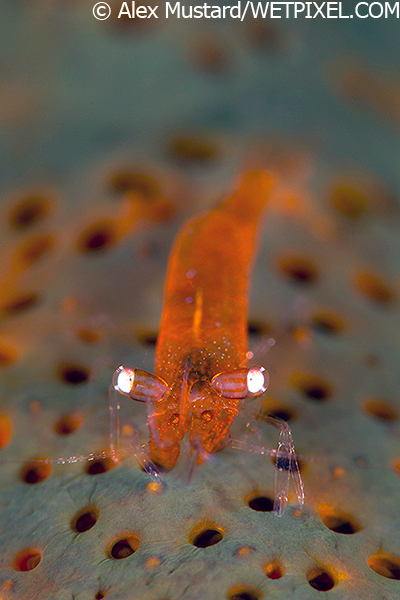
In short the D7100 is the best DX camera Nikon have ever made. It produces comparable results and offers a very similar shooting experience to its big brother, the Nikon D800, without the expense and bulk of shooting FX underwater. This is high praise indeed.
